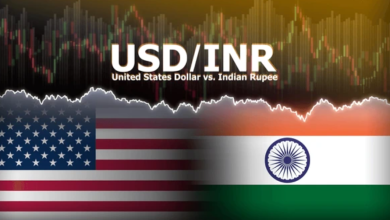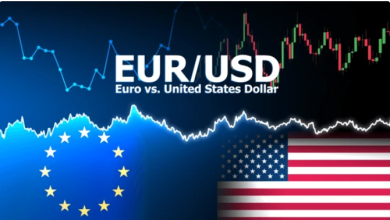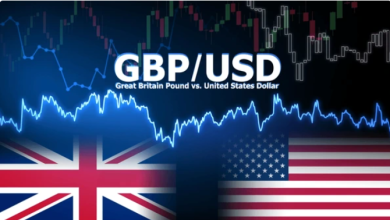- AUD/USD struggles to gain any meaningful traction amid mixed fundamental cues.
- A weaker risk tone caps the Aussie, though a weaker USD lends support to the pair.
- China’s Retail Sales increased by 5.1% YoY in April, missing the 5.5% forecast and slowing from March’s 5.9% growth.
The AUD/USD pair kicks off the new week on a subdued note and consolidates just above the 0.6400 round-figure mark during the Asian session. Moreover, spot prices remain confined in a familiar range held over the past month or so as traders await a fresh catalyst before positioning for the next leg of a directional move.
The National Bureau of Statistics (NBS) reported on Monday that China’s Retail Sales rose by 5.1% year-over-year (YoY) in April, falling short of the 5.5% forecast and down from 5.9% in March. Industrial Production grew by 6.1% YoY during the same period, beating the expected 5.5% but slowing from the previous 7.7% growth. Meanwhile, Fixed Asset Investment rose 4.0% year-to-date (YTD) YoY in April, below the 4.2% forecast and unchanged from March’s 4.2% reading. The immediate market reaction was limited as the focus remains glued to the crucial Reserve Bank of Australia (RBA) policy decision on Tuesday.
The Australian central bank is widely expected to cut its key rate by 25 basis points (bps) and lower borrowing costs twice more this year amid easing inflation and growth concerns on the back of trade tensions. However, the de-escalation of the US-China trade war has tempered bets for more aggressive policy easing by the RBA.
Nevertheless, the policy outlook will influence the Australian Dollar (AUD) and determine the next leg of a directional move for the AUD/USD pair. Heading into the key central bank event risk, a turnaround in the global risk sentiment – as depicted by a generally weaker tone around the equity markets – is seen capping the Aussie.
A surprise downgrade of the US government’s credit rating tempers investors’ appetite for riskier assets. Apart from this, bets for more interest rate cuts by the Federal Reserve (Fed) keep the US Dollar (USD) depressed, which, in turn, might continue to act as a tailwind for the AUD/USD pair and warrants some caution for bearish traders.






